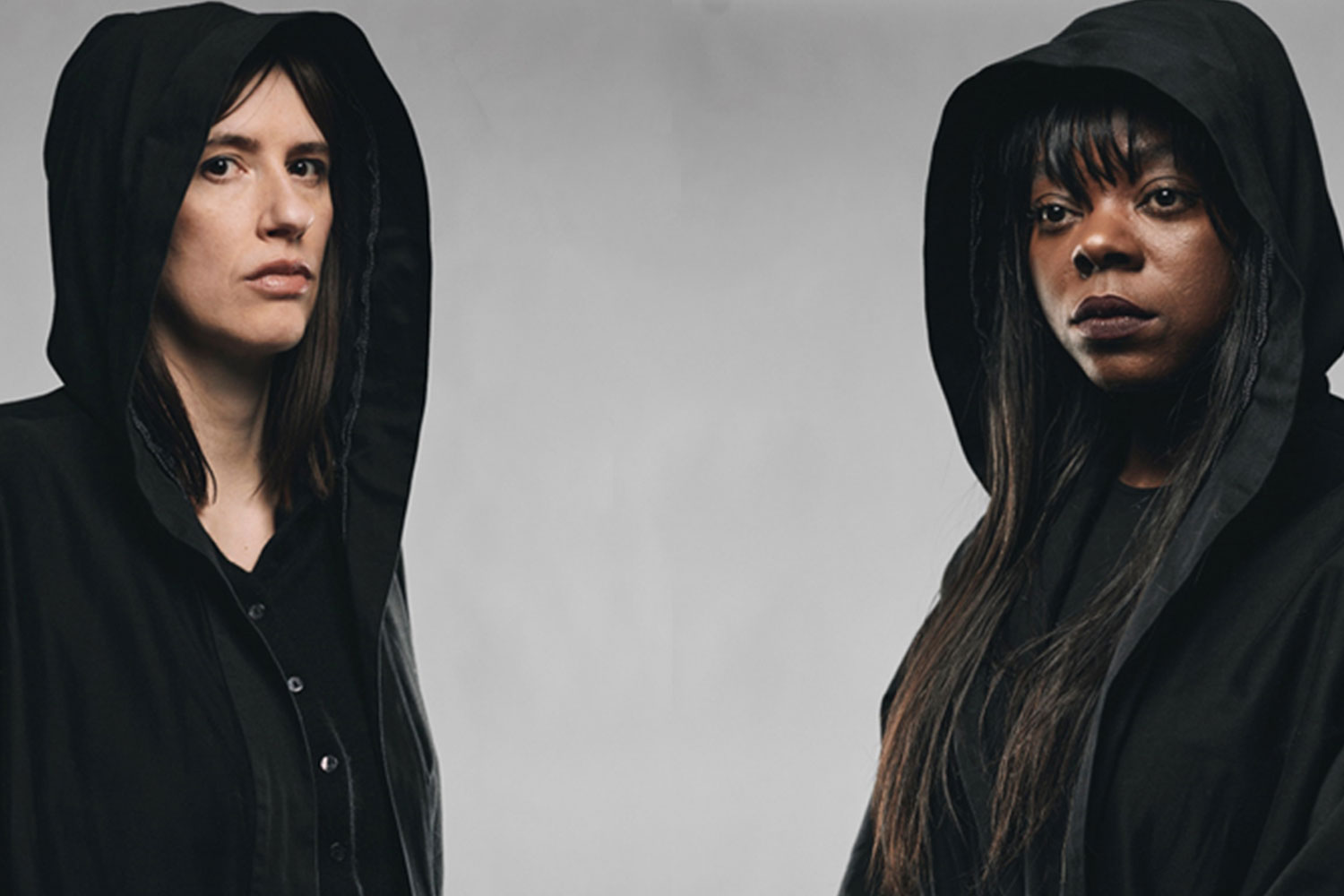Moon for the Misbegotten
Twenty years ago, Kevin Spacey made his West End debut as James Tyrone Jr in A Long Day’s Journey Into Night in a famously quick-on-its-feet production directed by Jonathan Miller, with Jack Lemmon, Spacey’s mentor, as his brutish actor father.
Spacey presented young Jamie as a spitefully chaotic loafer, splintering the usual stereotype of a whoring bully. In this tremendous, riveting revival of Eugene O’Neill’s last play, sparked by the death of O’Neill’s real-life alcoholic brother James in 1923 (the year of the play’s setting, too), Spacey makes peace with the character on his downward, confessional spiral to oblivion on a dilapidated farm in Connecticut.
A Moon for the Misbegotten is indeed a kind of epilogue to Long Day’s Journey, that autobiographical rollercoaster “written in tears and blood”. But it’s an altogether more resigned and lyrical piece, classical in composition, intense with emotional significance, bursting with an Irish lilt and swagger jokily implied when Spacey uses his tin pouch as a mock thurible, as if processing down a church aisle instead of a ploughed field.
The farmhouse belongs to Phil Hogan, whose daughter, the slatternly giantess Josie, is the play’s conscience and its anchor. It is a mark of Howard Davies’ production that Eve Best makes no attempt to play the “ugly overgrown lump of a woman” of the stage directions. The performance irradiates outwards, transfiguring the physical realities of appearance in spiritual revelation.
The same applies to Phil, whom Colm Meaney presents not as the usual gruff, wizened old Irish bugger played, for instance, by Roy Dotrice six years ago in a Tony Award-winning performance on Broadway, but as a beacon of irascible, paternal decency lit up from within.
The heightened colouration derives from Bob Crowley’s design, which places the slanting shack of the farmhouse in a tense relationship with both the facing water pump and the sky-bisecting telegraph wires. Spacey first appears in a silhouette, gently swaying into view in a crumpled jacket and battered hat like a showman on the skids.
Peripheral, though not inessential, to the play’s core is the first scene departure of Josie’s brother (Eugene O’Hare) and Phil’s defiant resistance to the cynical blandishments of the millionaire Harder of Standard Oil (Billy Carter). The scene is then set for the third act moonlit encounter where two lost souls are released in forgiveness as Jamie recounts his guilt and shame at sleeping with a $50 whore on the train bearing his mother’s coffin back east. Jamie is redeemed, but so is Josie, who acquires a maternal, mythical role while cradling the human wreckage in her capacious lap. It is one of the most affecting pietas in modern drama.
Eve Best, so memorable as Lavinia in Davies’ 2003 National Theatre production of O’Neill’s Mourning Becomes Electra, plays every scene for its full emotional worth, and fills the stage with resonating goodness without setting our teeth on edge (always the danger with this role).
And Spacey, renewing his own O’Neill relationship with Davies after the decisive triumph of The Iceman Cometh (at the Almeida and Old Vic in 1998), inhabits Jamie without fuss and with the true understanding of an actor who gets under the skin of a flawed character and shows how he battles with demons and teeters on the edge of the abyss.
A great play is restored with great acting.
– Michael Coveney










